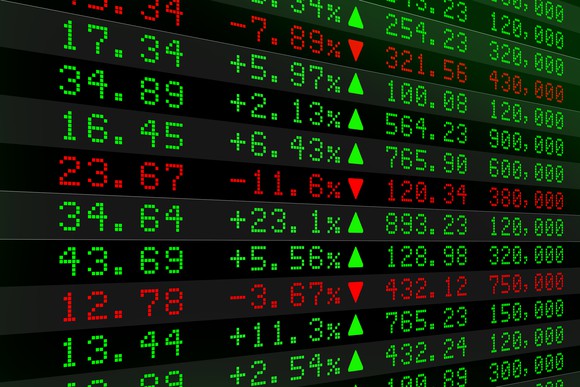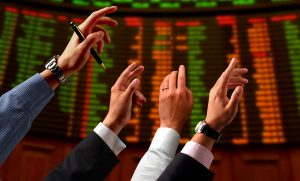
The stock market is constantly changing and shifting, and with this comes a lot of varying trends. If you are an experienced traders, you would have heard of the terms bull and bear. The terms are used to describe the general trend of the stock market, whether it is increasing or decreasing at any given time. If the market is described as bullish, is it increasing (getting better), but if it is bearish, it is decreasing (getting worse).
According the professionals, the market is currently in a bullish state and is increasing every day. However, although this is a general trend, there have been many individual trends in stocks that you should be paying attention to. In particular, it appears that online and tech companies are starting to see large increases in share prices. This article will look at some of the trends in 2017 and will focusing on the big elephant in the room – the consistent increase in prices.
A Bull Market
If you have been trading in the stock market, you may have noticed that the market has been in a bullish state for what feels like forever. The rise has been going on steadily since 2009 and has been interesting to say the least when you take a look at 2017. The market has been so good that ever small percentage drops have received horrifying reactions.
The most shocking thing about this bull market is related to how long it’s been going on. The rise in the market has been related to the Federal Reserve’s low interest rates and the increase in bond buying. The market rise is currently standing at the second longest since 1900. To put it into a different perspective, the S&P 500 has risen by around 267% since the trend began. Although there is not much change in the stock market for 2017 when you consider this rise, the steadiness of the market in 2017 has raised suspicion.
The Market is Surprisingly Steady
As well as being on a steady incline, in 2017 specifically, the market has been very steady. In fact, this year, the market has hit a new record, as stocks haven’t been this steady since 1965. Back then, investors like Warren Buffet were gaining control of Berkshire Hathaway and Martin Luther King Jr. was leading a march about civil rights.
Many professionals in the industry are saying that 2017 should be looked at with one eye turned to the past, and investors should take the opportunities available. It seems that large events such as Britain leaving the EU and the recent election have had the largest impact on the stock market so far. Anything else has had minimal effect.
Will it last?
So the real question that is on everyone’s minds is, “will this last?” Many people are suggesting that a downward turn is approaching, similar to what happened in the last recessions. In most cases, when the bull market finally ends, there will be a sharp downturn of around 20%, which will hurt a lot of traders and businesses. However, these trends needs to be watched closely and you need you take advantage of rising opportunities. The stocks are great at the moment and have been quoted as “magical”. Just keep an eye on the rise and make sure you don’t get stuck if the market takes a dive.






